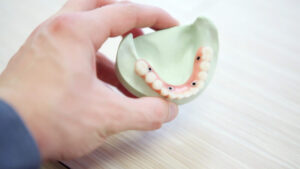
Tartar And Plaque:Remove Methods Without A Dentist
Tartar and plaque, known as dental calculus, form on teeth when plaque accumulates and starts to harden. Not only is tartar visually unappealing, but it

Keeping our toothbrushes germ-free is an important part of maintaining good oral hygiene.
However, the average toothbrush harbors millions of bacteria, including strep, staph, and E. coli. These bacteria can lead to gum disease, cavities, and other oral health issues if left unchecked.
Luckily, there is a simple way to sanitize your toothbrush between uses – with a UV sanitizing device.
In this article, we will discuss the problems posed by a contaminated toothbrush and why effective sanitation is essential. You will learn about the different types of microbes that live on your toothbrush and the health conditions they can cause.
We will also explore how a UV sanitizer works to kill 99% of bacteria, viruses, and fungi through the power of ultraviolet light.
By the end, you will understand why installing a UV toothbrush sanitizer in your bathroom is critical to keeping your whole family healthy. With consistent use, this inexpensive gadget can transform your toothbrush from a bacteria-ridden liability into a squeaky-clean tool for better dental hygiene.
A toothbrush harbors harmful microbes like strep, staph, E. coli, and fungi, which can lead to dental issues including cavities, gum disease, and cold sores if not properly sanitized.
Although we routinely put toothbrushes in our mouths multiple times a day, these devices harbor millions of microorganisms that should not be in our bodies.
Studies show over 45 million bacteria can live on the average toothbrush, including Streptococcus mutans which causes cavities, Staphylococcus aureus which leads to infection, Escherichia coli from fecal contamination, and Candida albicans which is a fungus that creates oral thrush.
Viruses like those causing influenza, common colds, and herpes can also thrive on the moist bristles in your bathroom.
Allowing viruses, bacteria, and fungi to remain on your toothbrush can lead to a number of problematic oral health conditions. Cavities can form when streptococcus mutans eat away tooth enamel.
Gingivitis, an inflammation of the gums preceding periodontal disease, arises when bacteria irritate and infect the gingiva. Viruses like HSV-1 thrive on toothbrushes, causing painful cold sores and canker sores when transmitted to the mouth.
Using a contaminated brush can also spread illness-causing pathogens like strep or the flu virus directly into the body through open sores or micro-abrasions in the tissue. Proper toothbrush hygiene is critical.
UV-C light destroys DNA bonds in microbial cells, killing 99% of bacteria, viruses, and fungi on toothbrush bristles more effectively than chemicals, heat, or simply rinsing with water.
UV-C light is an ultraviolet wavelength from 100 to 280 nanometers produced by UV sanitizing devices that is highly effective at eliminating microorganisms.
When UV-C photons penetrate cells, they damage nucleic acids and DNA bonds. This prevents bacteria, viruses, and fungi from replicating and causes cell death.
Specifically, UV-C disrupts the chemical bonds between adjacent pyrimidine bases in DNA. The disruption prevents replication and transcription, thereby terminating microbes.
Compared to other UV wavelengths, UV-C provides the most germicidal benefits.
UV sanitizers leverage the germicidal power of UV-C light to inactivate up to 99% of bacteria, viruses, fungi, and other microbes.
When these microorganisms are exposed to the UV rays produced inside the device, the DNA in their cells becomes fractured and they lose the ability to reproduce.
Extensive research has proven UV-C effectively destroys common toothbrush contaminants like E. coli, Salmonella, Strep, Staph, Pseudomonas, Candida, and influenza. Sanitizing for just 1-2 minutes can decimate millions of microbes by disrupting their molecular bonds and terminating them.
UV toothbrush sanitizers provide a much higher kill rate than other methods.
UV toothbrush sanitization outperforms other techniques like boiling, antibacterial rinses, and simply rinsing in tap water. Boiling and chemical rinses only reduce bacteria by 20-30%, allowing millions to remain.
Tap water cuts germs by about 60% but cannot penetrate bristles. UV-C penetrates the full brush and kills 99% of germs by neutralizing cellular DNA.
No chemicals are needed. The rapid total disinfection from UV cannot be matched by soaking or spraying.
For true toothbrush sanitization, quick and effective UV sanitizing is superior to all other options in reducing microbes.
UV sanitizers improve oral health through maximized germ removal, decrease sickness transmission from the brush, provide confidence in brush cleanliness, and only require a quick, hassle-free operation.
Using a UV toothbrush sanitizer leads to better oral hygiene and dental health outcomes. By eliminating up to 99% of the harmful microbes that cause problems like bad breath, gum disease, cavities, and thrush, UV sanitization creates a drastically more hygienic oral environment.
Bacteria left behind on a toothbrush can multiply quickly and undo dental work and procedures. Sanitizing with UV allows for confident hygienic brushing that restricts detrimental bacteria growth and maintains dental and gum health, which are essential for overall well-being.
Toothbrushes can easily spread sickness-causing germs from person to person when families share bathrooms. Viruses that cause colds, flu, or strep throat thrive on damp toothbrushes.
Simply rinsing under water does not kill them. However, using a UV sanitizer eliminates up to 99% of these live pathogens between uses, drastically reducing the chance of transmitting contagious illnesses through toothbrush sharing.
The rapid full-brush disinfection prevents the spreading of infection. UV sanitizing thus keeps the whole family healthier.
While thoroughly rinsing a toothbrush may appear to clean it, millions of hazardous microbes still remain deeply embedded in the bristles. Only UV-C sanitization actively kills viruses, bacteria, and fungi by disrupting their DNA bonds.
Knowing your toothbrush undergoes reliable, effective UV disinfection after each use provides peace of mind that you are brushing with a truly clean tool, not one teeming with hidden germs.
The 99% microbe reduction brings confidence in your family’s oral hygiene. Daily UV sanitizing eliminates worries and ensures total toothbrush cleanliness.
UV toothbrush sanitizers provide a quick, simple way to disinfect that takes little time or effort. Simply place your toothbrush inside, close the lid, and turn on the device for the recommended 1-2 minute cycle.
UV-C will penetrate bristles to eliminate germs without any chemical rinses or boiling required. The automatic operation ensures proper sanitizing every time.
Maintenance is minimal – just occasionally wiping down the chamber and replacing the UV bulb annually. With quick sanitizing cycles, no scrubbing or monitoring, and almost no upkeep, UV toothbrush sanitizers offer straightforward, hassle-free performance.
Select a sanitizer with short cycles, a durable chamber, auto shut-off, and reminder alerts, consider top-rated models, and follow guidelines for cycle times and bulb replacement.
When selecting a UV toothbrush sanitizer, key features include short 1-2 minute disinfecting cycles for quick sanitization, durable sanitizing chambers made from aluminum or stainless steel, automatic shut-off for safety, and reminder alerts to change the UV bulb.
Models that hold multiple brushes are ideal for families. The device should have CE certification proving germ elimination efficacy. Fully enclosed chambers provide complete 360-degree UV exposure.
Portable designs allow traveling with the sanitizer. These features maximize effectiveness and convenience.
Top-rated UV toothbrush sanitizer models include Wall-Mounted Toothbrush Sanitizer with its integrated design not only effectively disinfects, but also stores four toothbrushes, hangs a cup brush to prevent the growth of bacteria, and helps squeeze toothpaste. It is a must-have item in your bathroom!
Pursonic S1 with its germicidal UV-C LED and compact portable design. Lalabu Baby has a 360-degree sanitizing chamber that holds several brushes.
Philips Sonicare UV Sanitizer fits Sonicare brush heads specifically and syncs with an app. The efficacy of the Geniani UV Toothbrush Sanitizer is proven with a CE certificate.
Two-minute cycles with these devices make home sanitization easy. Consumer research indicates these provide complete sanitization and hassle-free maintenance when used properly.
Using your UV toothbrush sanitizer properly optimizes results. Always run a complete 1-2 minute sanitizing cycle and let the chamber fully dry between uses.
Avoid overloading the unit which blocks UV exposure. Replace the UV bulb annually when output diminishes for maximum microbe elimination.
Periodically wipe out the chamber with rubbing alcohol to prevent buildup. Follow directions to carefully handle the glass UV bulb. Save replacement bulbs properly for longevity.
With simple regular use and maintenance, your UV toothbrush sanitizer will provide reliable disinfection for years.
Proper toothbrush hygiene is critical for maintaining good oral health and preventing illness, yet most methods fail to eliminate the millions of hazardous microbes that live in toothbrush bristles.
Only UV sanitizers using UV-C light can reliably destroy up to 99% of bacteria, viruses, and fungi. Installing one provides better dental outcomes through maximized germ removal.
It decreases sickness transmission among family members sharing a bathroom. Use also delivers peace of mind knowing your toothbrush heads are truly clean after each use.
With quick, easy operation and minimal maintenance needing just occasional bulb replacement, UV toothbrush sanitizers are an indispensable addition to any bathroom.
The multitude of health benefits afforded by ultraviolet sanitization makes upgrading from old scrubbing and rinsing methods well worth the investment.
Say goodbye to germs, and hello to sparkling clean toothbrush heads with the simple addition of a UV sanitizer. Your teeth and overall well-being will thank you.


Tartar and plaque, known as dental calculus, form on teeth when plaque accumulates and starts to harden. Not only is tartar visually unappealing, but it
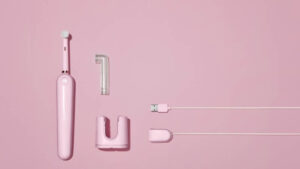
We are often contacted by customers complaining about a Sonicare toothbrush not charging. A charging issue is a common problem and can sometimes be misdiagnosed

Opting for an electric toothbrush for sensitive teeth can help alleviate discomfort and further protect against gum recession. But which model is ideal for those
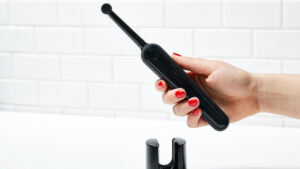
Have you learned how to use an electric toothbrush? It’s crucial to know not just for electricity but for any toothbrush type. Even though electric
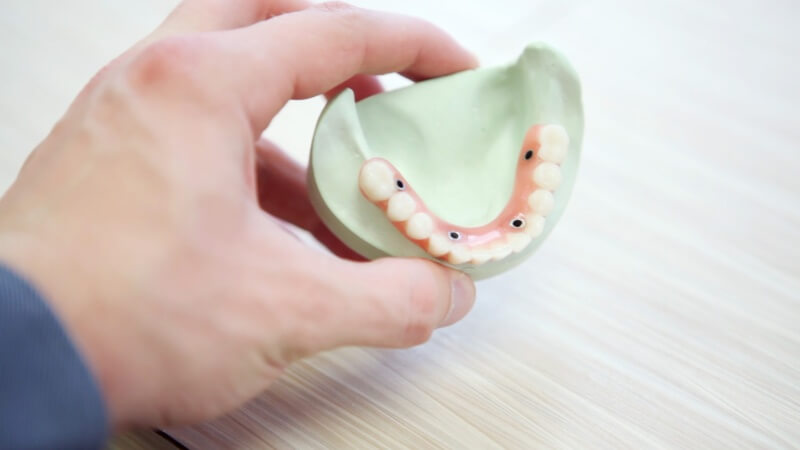
Tartar and plaque, known as dental calculus, form on teeth when plaque accumulates and starts to harden. Not only is tartar visually unappealing, but it
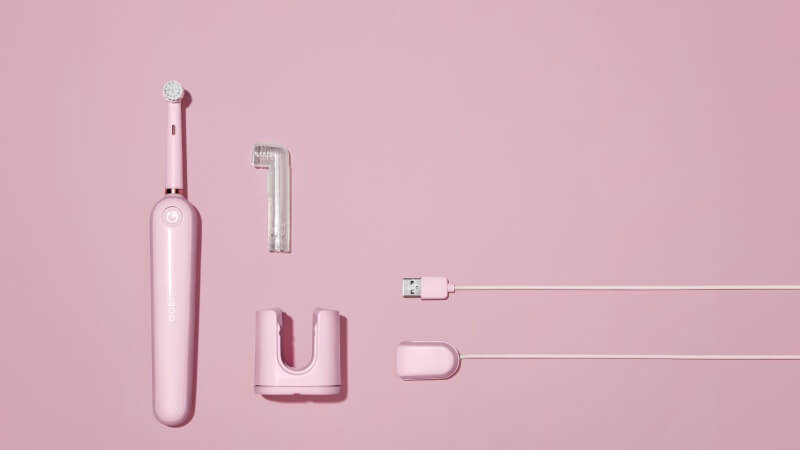
We are often contacted by customers complaining about a Sonicare toothbrush not charging. A charging issue is a common problem and can sometimes be misdiagnosed

Opting for an electric toothbrush for sensitive teeth can help alleviate discomfort and further protect against gum recession. But which model is ideal for those
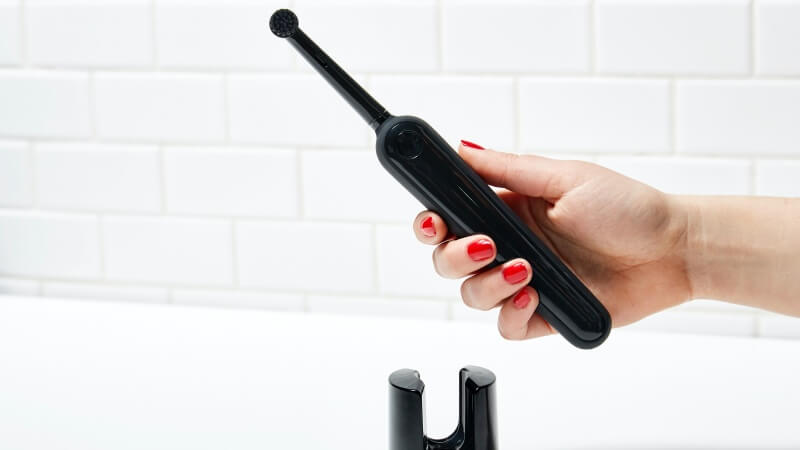
Have you learned how to use an electric toothbrush? It’s crucial to know not just for electricity but for any toothbrush type. Even though electric
Copyright © 2024 toothbrushsanitizerholder. All Rights Reserved.